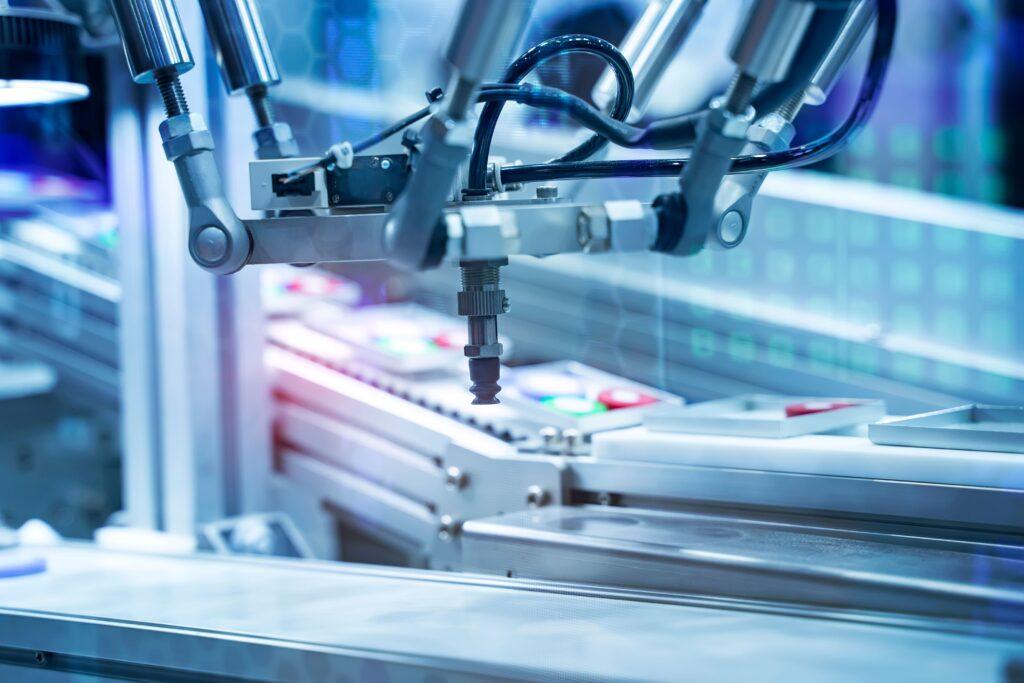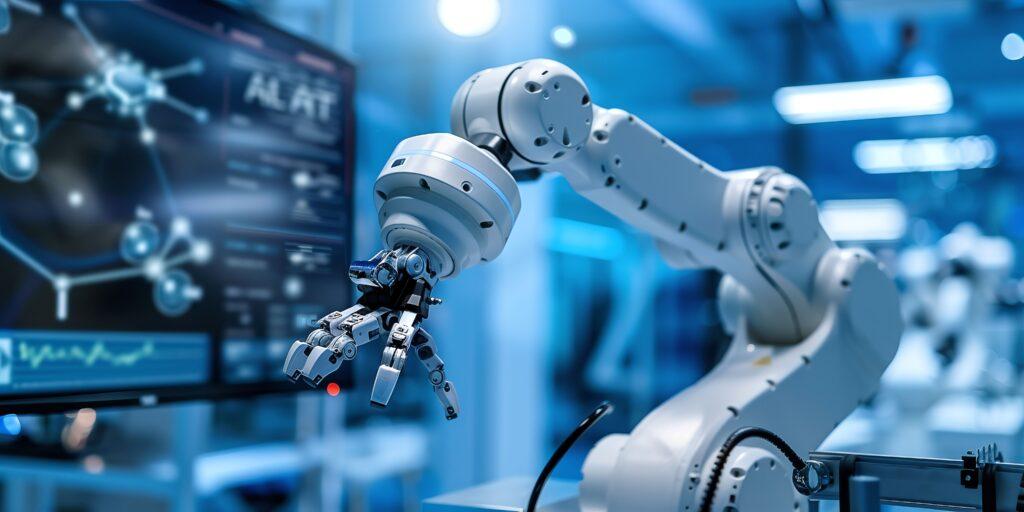Robotics has revolutionized many industries, and healthcare is no exception. The integration of robotic technology into surgical procedures is dramatically changing the way surgeries are performed, enhancing precision, reducing recovery times, and improving patient outcomes. This article explores the transformative impact of robotics in surgery, highlighting key advancements and the potential future of this exciting field.
Robotic Surgery
Robotic surgery began with the development of the da Vinci Surgical System in the early 2000s, which allowed surgeons to perform minimally invasive procedures with unparalleled precision. Since then, the field has evolved rapidly, with advancements in robotics enabling increasingly complex surgeries to be conducted with greater accuracy and control. The ability of robotic systems to provide high-definition, 3D views of the surgical site, combined with the precision of robotic arms, has led to significant improvements in surgical outcomes.
Surgeons can now operate with enhanced dexterity and control, reducing the margin for error and minimizing the risk of complications.
This evolution in robotic technology is not only transforming how surgeries are performed but also paving the way for new procedures that were previously deemed too risky or complex.
- Precision and Control: Robotic systems enhance surgical precision, reducing risks and improving outcomes.
- Advancements in Technology: Continuous improvements are enabling more complex and minimally invasive surgeries.

Benefits of Robotic-Assisted Surgery
One of the most significant benefits of robotic-assisted surgery is the reduction in recovery time for patients. Minimally invasive techniques, such as those made possible by robotics, result in smaller incisions, less blood loss, and reduced trauma to the body. This leads to faster healing times, shorter hospital stays, and a quicker return to normal activities. Additionally, the increased precision of robotic systems helps to ensure that surgeries are more successful, with fewer complications and a lower likelihood of needing follow-up procedures. Another critical advantage is the enhanced visualization that robotic systems offer, allowing surgeons to see the surgical area in greater detail than ever before. This is particularly beneficial in complex surgeries where the margin for error is slim, such as in neurosurgery or cardiac procedures.
- Faster Recovery: Patients experience shorter hospital stays and quicker recovery times with robotic surgery.
- Enhanced Visualization: Robotic systems provide high-definition, 3D views, crucial for complex surgeries.
The Role of Robotics in Specialized Surgeries
Robotics has significantly impacted specialized surgeries, such as those in the fields of neurosurgery, orthopedics, and cardiology. In neurosurgery, the precision of robotic systems is essential for navigating the delicate and intricate structures of the brain. Robotic arms can perform micromovements that are beyond the capability of human hands, reducing the risk of damaging critical brain tissue.
In orthopedics, robots assist in joint replacement surgeries by ensuring that implants are positioned with exacting precision, leading to better patient outcomes and longer-lasting results.
Cardiovascular surgeries, particularly those involving airflow sensors, have also seen tremendous improvements with robotics. The precise control offered by robots is invaluable in delicate procedures like coronary artery bypass grafting, where even the smallest error can have significant consequences. In cardiac surgery, airflow sensors, when combined with robotics, can provide precise measurements essential for optimal airflow control during complex procedures.
- Microsurgical Precision: Robotics enables extremely precise movements in delicate surgeries.
- Specialized Applications: Robotics is transforming surgeries in neurosurgery, orthopedics, and cardiology.
The Integration of Artificial Intelligence in Robotic Surgery
The integration of artificial intelligence (AI) with robotic surgery is the next frontier in this rapidly evolving field. AI enhances the capabilities of robotic systems by providing real-time data analysis and predictive modeling, helping surgeons make more informed decisions during procedures. For example, AI can analyze airflow sensors data during respiratory surgeries to optimize patient outcomes. Additionally, AI-powered robotics can learn from past surgeries, improving their precision and efficiency over time. This ability to adapt and learn makes AI an invaluable tool in surgical planning and execution. The combination of AI and robotics is expected to lead to even greater advancements in personalized medicine, where surgeries are tailored to the specific needs of each patient, further improving outcomes and reducing risks.
- AI Integration: AI enhances robotic surgery by offering real-time data analysis and predictive modeling.
- Personalized Medicine: AI and robotics together pave the way for tailored surgical procedures.
The Future of Robotic Surgery
The future of robotic surgery is bright, with ongoing advancements promising to further transform the field. Innovations such as haptic feedback, where surgeons can feel the tissue they are operating on through robotic controls, are already in development and could soon become standard. Additionally, the continued miniaturization of robotic systems will allow for even less invasive procedures, further reducing recovery times and improving patient comfort. As robotics continues to evolve, we can expect to see its applications expand beyond the operating room, potentially revolutionizing areas such as diagnostics and patient monitoring. The integration of technologies like airflow sensors into robotic systems could also enhance their capabilities, providing real-time feedback to optimize surgical performance.
Picture Credits:
Oleksandr – stock.adobe.com // xiaoliangge – stock.adobe.com



